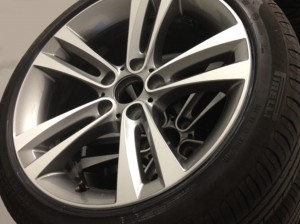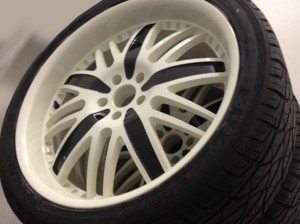Alloy wheels are like fingerprints – they are unique and they give cars an identity that is difficult to copy elsewhere. Alloy wheels have an offset which is the distance between the centre of the wheel and the hub mounted surface of the wheel itself. The offset of the wheel acts as a barometer for several features of the car such as the car’s suspension system and the steering wheel platform of the car.
There are three core features of alloy wheel offsetting. These include:
• Positive: This is when the hub mounted surface moves away from the centre towards the front. Positive alloy offsetting is popular with cars that have rear drive capabilities. Car manufacturers have embraced the benefits of positive alloy offsetting particularly for new cars that have front wheel drive, for example.
• Negative: This involves the hub mounted surface moving to the brake part of the wheel’s centre.
• Zero: This involves it being even with the centre of the wheel The options of offsetting for alloy wheels will be engraved into the wheel using a German automotive measuring method called ET which is counted in millimetres. ET stands for Einpresstiefe which means insertion depth.
The benefits of understanding alloy wheels offset include that your car will be finely tuned to your specifications because you will choose the alloy wheel specifications that are perfect for your car. This is especially important if you plan to be modifying the wheels of your car often.
It’s crucial to have the measurements and understanding of alloy wheel offset absolutely right because it can affect how your wheels turn and move when the car is in motion. It can also affect the power steering capabilities of the car because if you have the wrong offset for your alloy wheels, steering could become difficult even with simple driving manoeuvres. With the correct measurements, alloy wheel offset adds extra durability to your car.



 Follow
Follow